April Showers Bring May Pollinators: Best Flowers to Plant in Zone 7a
April is the perfect time to enhance your garden with pollinator-friendly flowers in Zone 7a. As the weather warms up and spring showers bring new life, attract bees, butterflies, and hummingbirds to your outdoor space with these top picks. You may see some of the flowers listed below throughout the month and others are a great idea to get planted this month to help the pollinators throughout the rest of the year!
April Blooms for Bees
Virginia Bluebells (Mertensia virginica)
Dainty, bell-shaped flowers that provide a sweet source of nectar for bees. When purchased, you’ll often receive bare roots (they look a little like bulbs) that may or may not grow vigorously when planted in the Early Spring. However, after a year in the ground, it’ll be one of the first signs that Spring is on its way when it returns and it’ll even bring some friends with it as this plant loves to spread! Just leave the bare roots in the ground and remember where you planted it because once Summer has arrived there will likely be no visible evidence that the Bluebell roots are still below ground and growing.
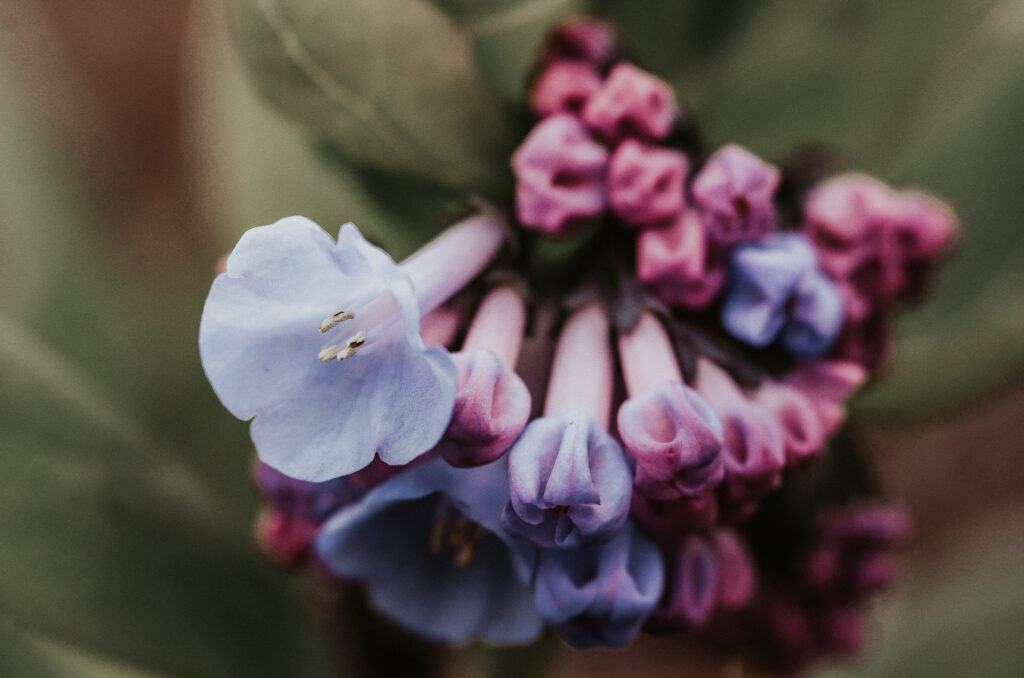
Muscari/Grape Hyacinth (Muscari neglectum)
Muscari are popping up everywhere in mid-to-late March into April. This naturalized plant is an amazing early forage for bees and other pollinators. They spread readily. The common name includes hyacinth, but they’re not technically a hyacinth.
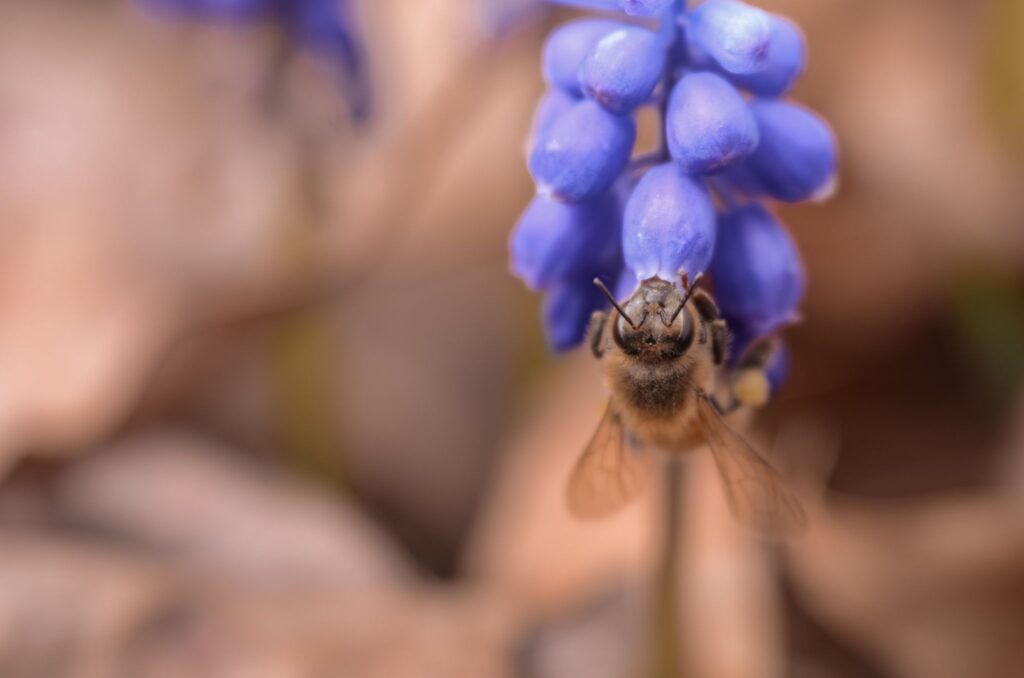
Forget-me-not (Myosotis sylvatica)
Delicate, sky-blue blooms that attract various bee species. We have often grown these dainty little flowers in containers in the shade and semi-shady areas around our home. Once they fully bloom, they have tiny flowers that keep emerging as the season progresses. We often see butterflies and bees visit these when blooming. Forget-me-nots like to self-seed so if you want to prevent them from spreading, be sure to deadhead them before they go to seed. If you want to have them spread, enjoy the blooms and let the flower handle the rest.
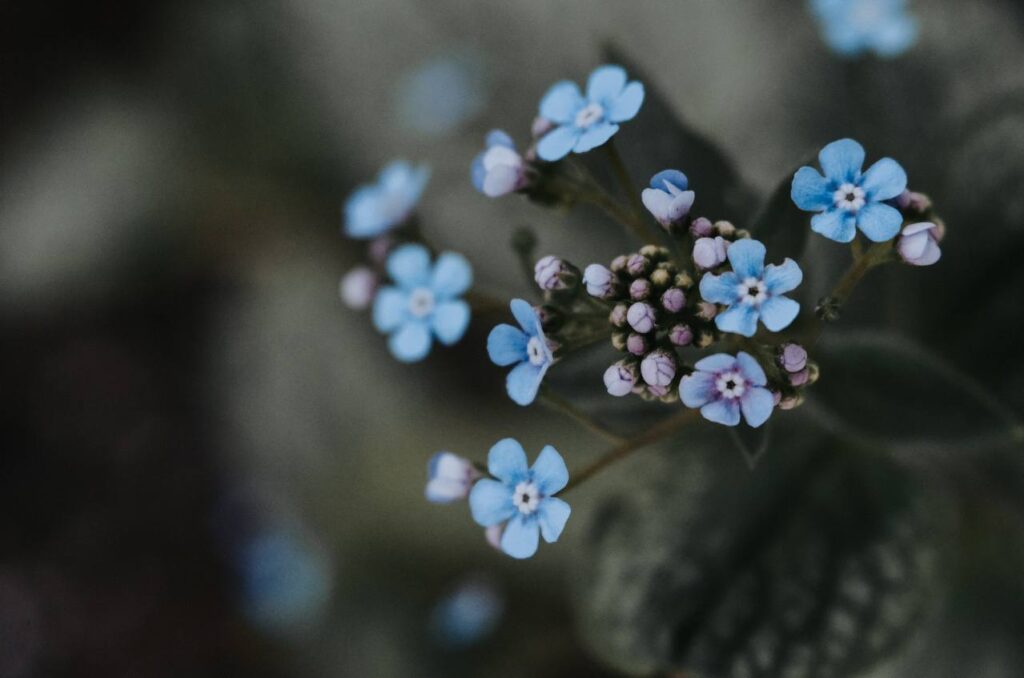
Common Yarrow (Achillea millefolium)
This wildflower makes an attractive addition to bouquets and grows readily (it spreads easily as well). In April, we see small yarrow sprouts popping up through the leaves getting ready to bloom later in Spring and through the Summer. Yarrow is an excellent native wildflower that requires very little time to grow beyond the initial seeding.
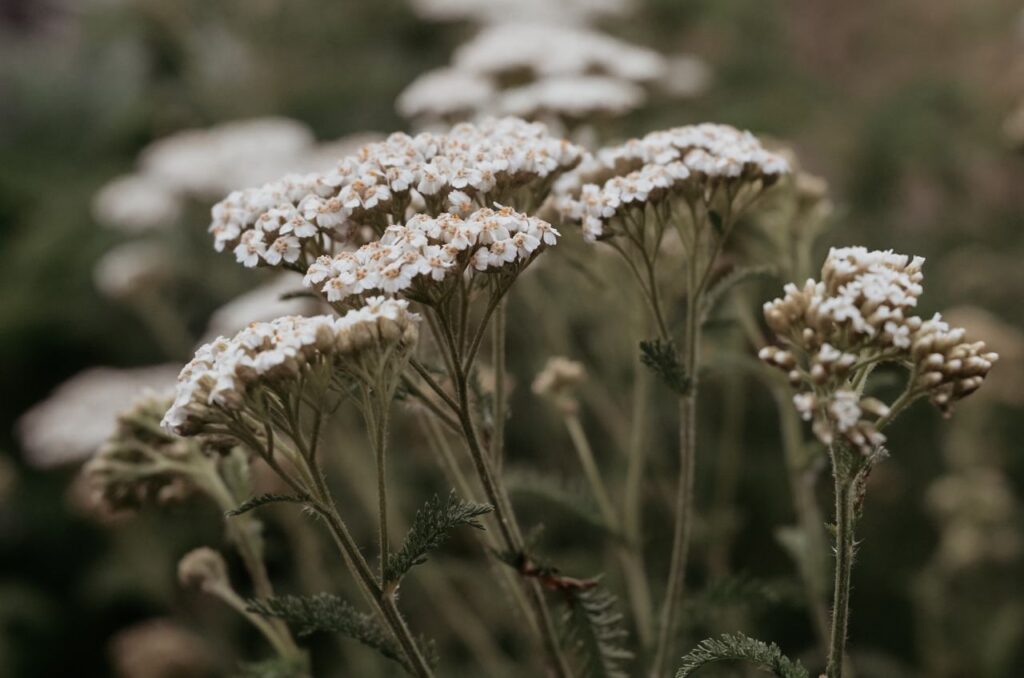
Beebalm (Achillea millefolium)
Another pollinator favorite in our garden is growing quickly but is a few months away from blooming. April is a great time to plant and get Beebalm started. Beebalm, beyond the use of pollinators, has culinary and herbal uses.
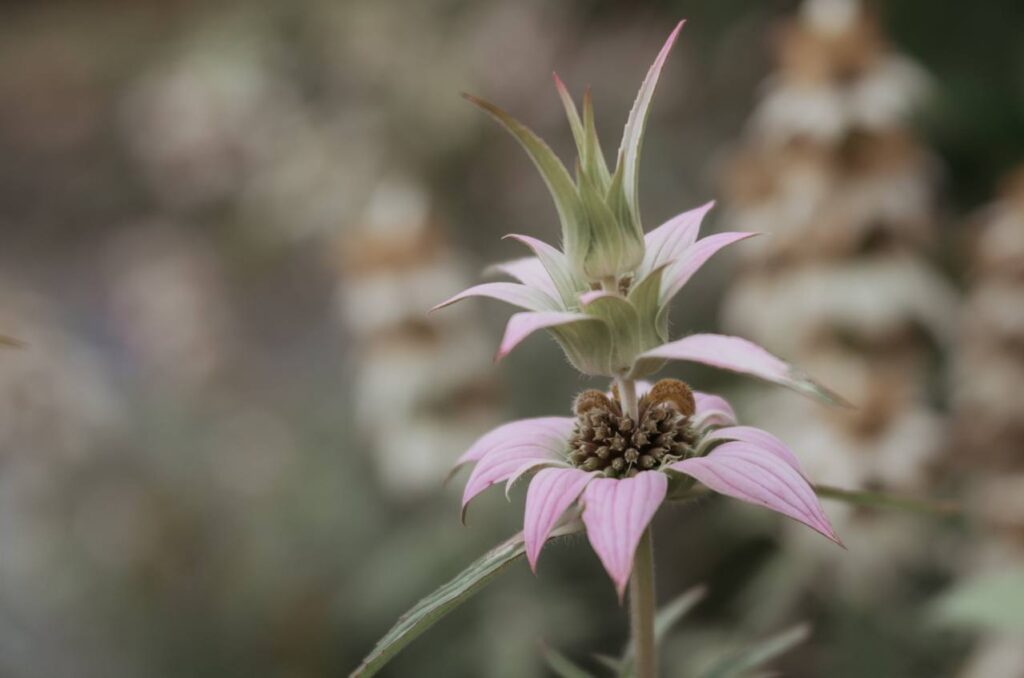
Wingstem/Yellow Ironweed (Verbesina alternifolia)
This variety of ironweed, as well as New York Ironweed (Vernonia noveboracensis) and Joe Pye Weed (Eutrochium maculatum) are native wildflowers to consider planting now for late Summer blooms that provide nectar and pollen when they’re most needed to prepare for winter!
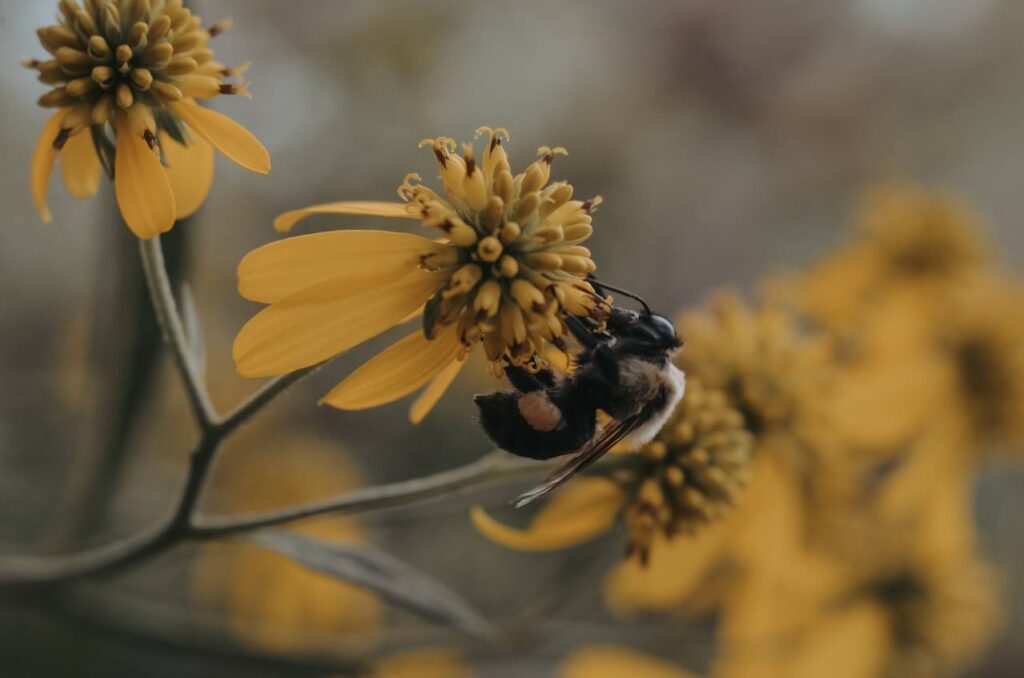
Black-eyed Susans (Rudbeckia hirta)
The great thing about Black-eyed Susans is that if you have one, next year you can have dozens! These native wildflowers reseed easily and will quickly take over an area where you have them planted. While that may be a troublesome behavior with invasive plants, these pollinator favorites are as beneficial as they are beautiful.
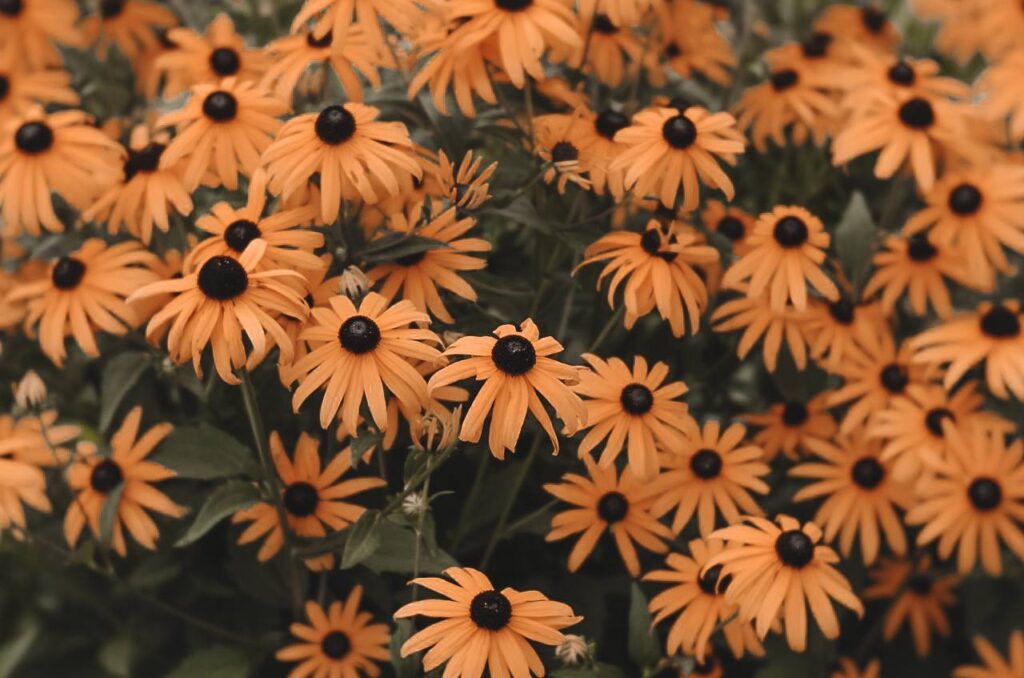
Butterfly Favorites
Cosmos (Cosmos spp.)
We have grown Cosmos of many varieties for many years. The Cosmos below are the Apricot variety and thrive throughout the summer into the early fall. We see butterflies and bees (both native and honey bees) visiting often.
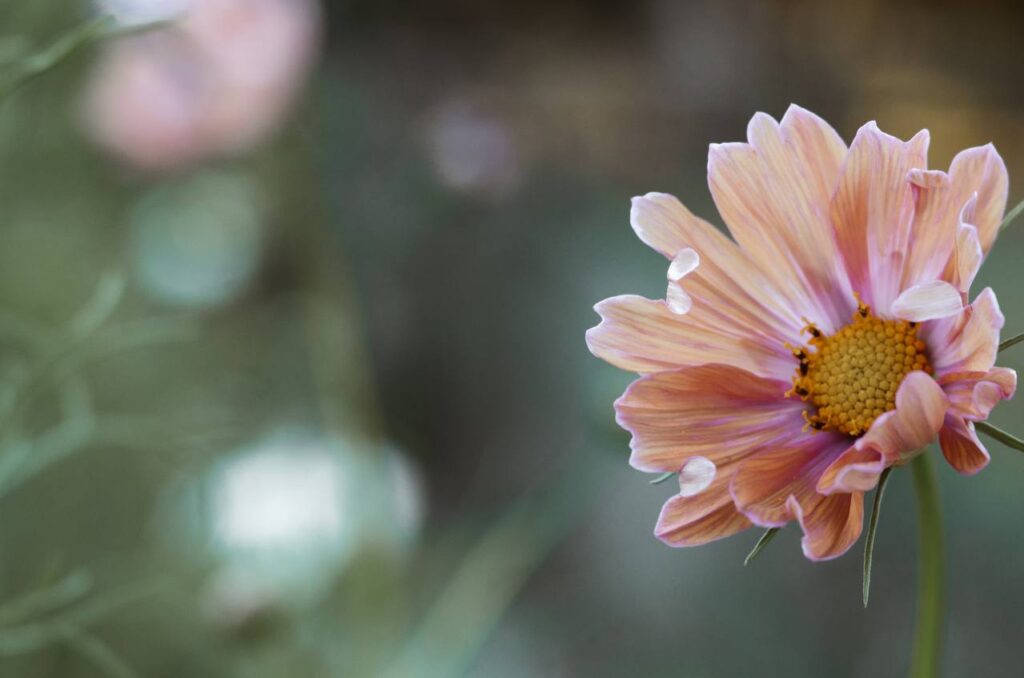
Common Milkweed (Asclepias syriaca) & Butterfly Weed (Asclepias tuberosa)
Milkweed is essential as the only food source for Monarch larva and a nectar source for adult butterflies. Planting both or either is a great way to support local pollinators beyond the Monarchs.

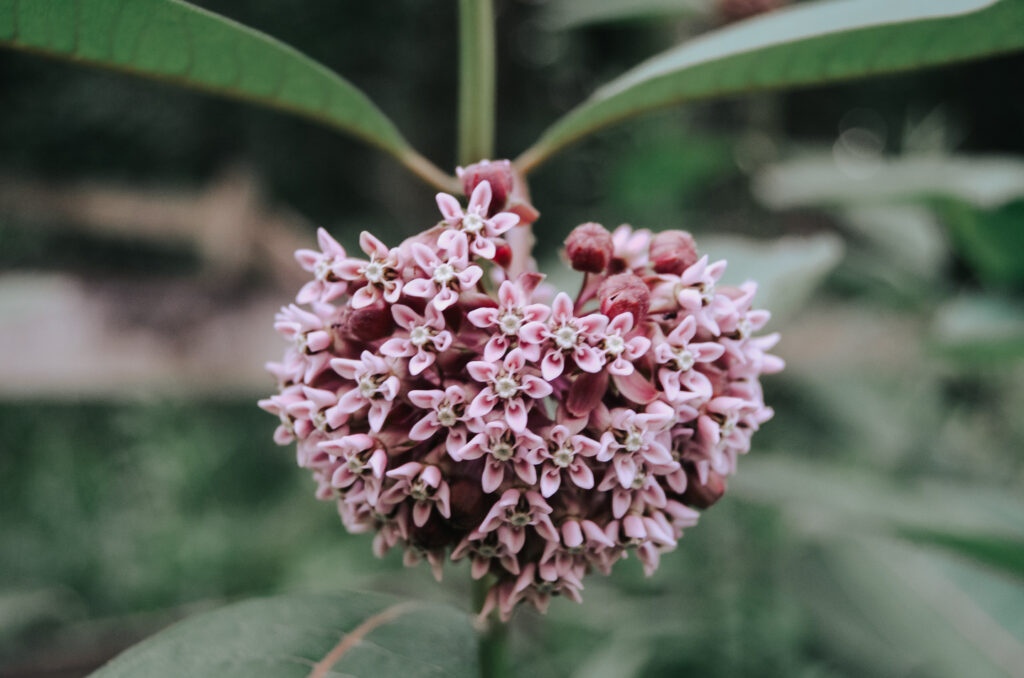
Zinnias (Zinnia spp.)
Bright, long-blooming flowers that draw in a variety of butterfly species and make a great addition to flower bouquets with their sturdy, long stem.
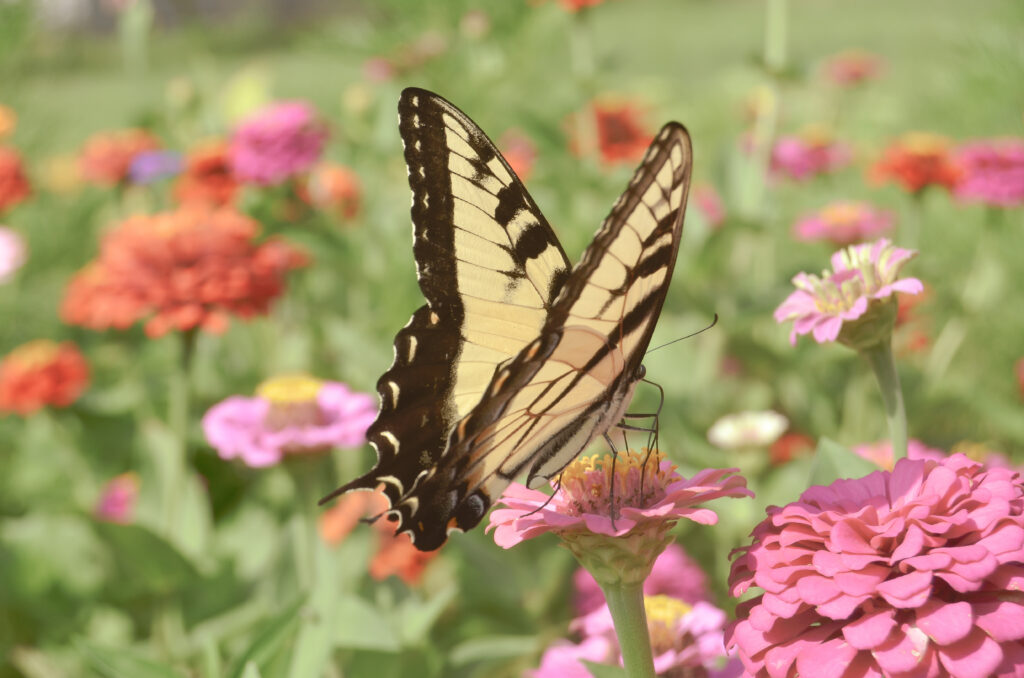
Dutchman’s Breeches (Dicentra cucullaria)
Another early Spring blooming native wildflower that is a perennial favorite of ours. These look like a pair of britches hanging from a clothesline drying.

Hummingbird Magnets
Red Columbine (Aquilegia canadensis)
An early-blooming wildflower is a favorite of hummingbirds that can reach in for the early nectar they provide!
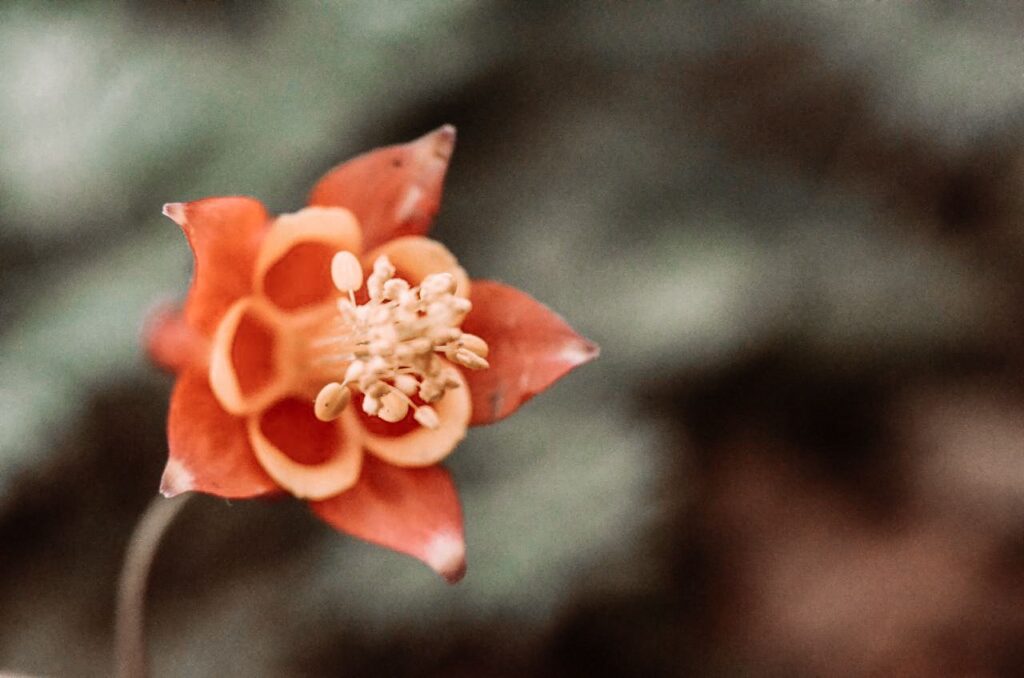
Bleeding Heart (Dicentra spectabilis)
This flower has heart-shaped, pink, or white blooms that attract hummingbirds. These perennials love to grow in shaded areas and have required relatively little maintenance for us.
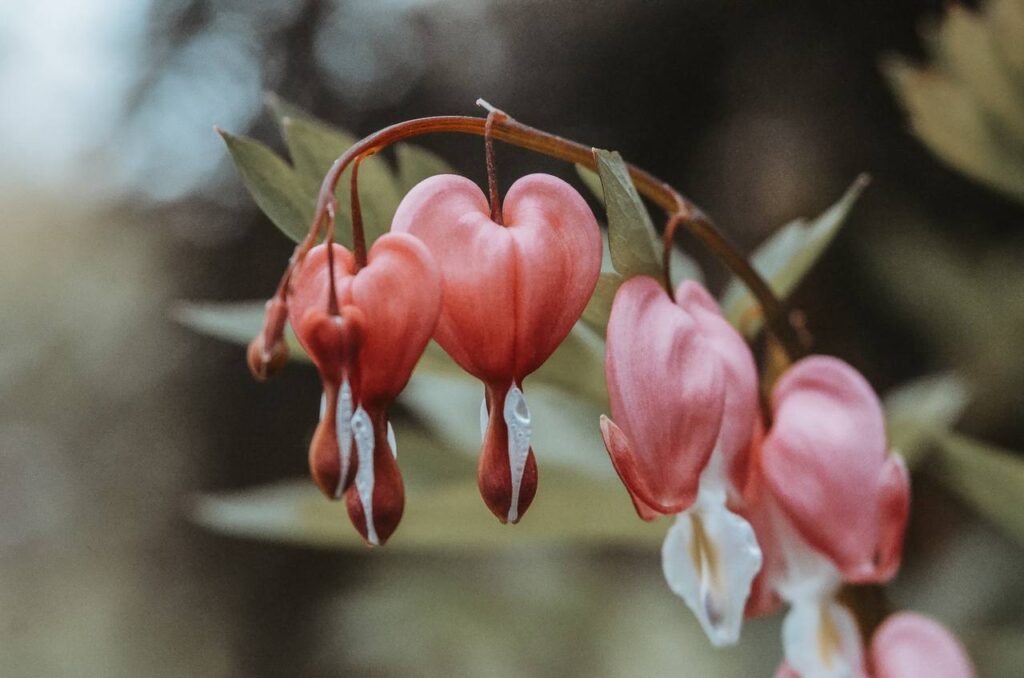
Coral Honeysuckle (Lonicera sempervirens)
This native vine is an excellent replacement for the invasive bush honeysuckle. Coral Honeysuckle it’s a vine with ubular, red flowers that hummingbirds can’t resist. It requires a trellis or fence to climb on and we observed several feet of growth in the first 6 months.
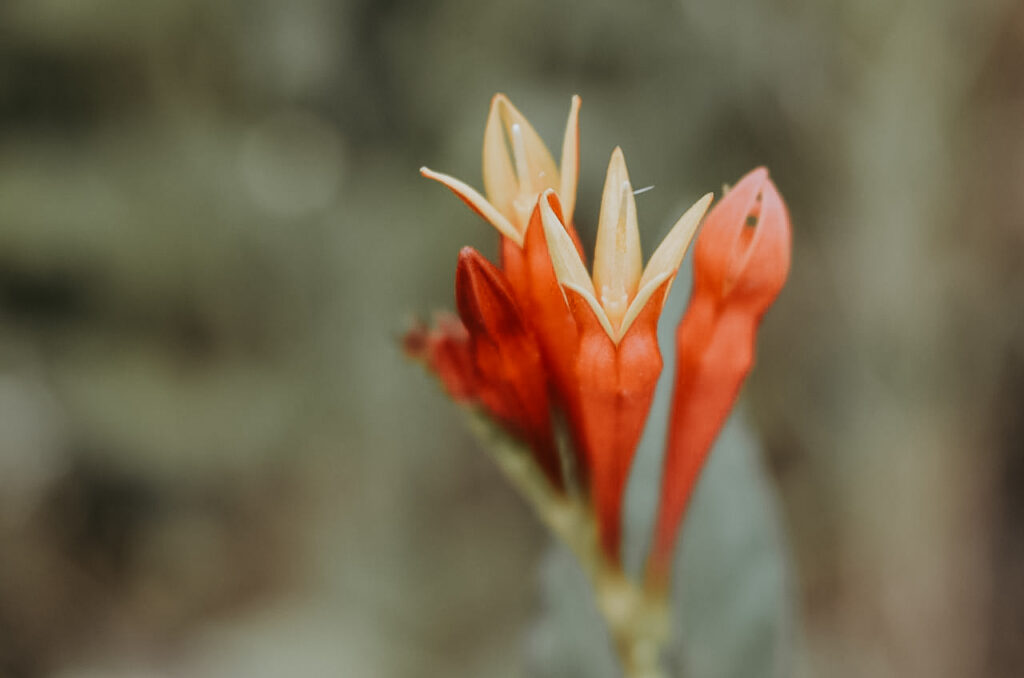
Welcome the warmth of April by planting these pollinator-friendly flowers in your Zone 7a garden. Watch your garden come alive with the buzz and flutter of bees, butterflies, and hummingbirds as they feast on the sweet nectar and pollen. Enjoy the beauty and biodiversity that these blooms bring!




